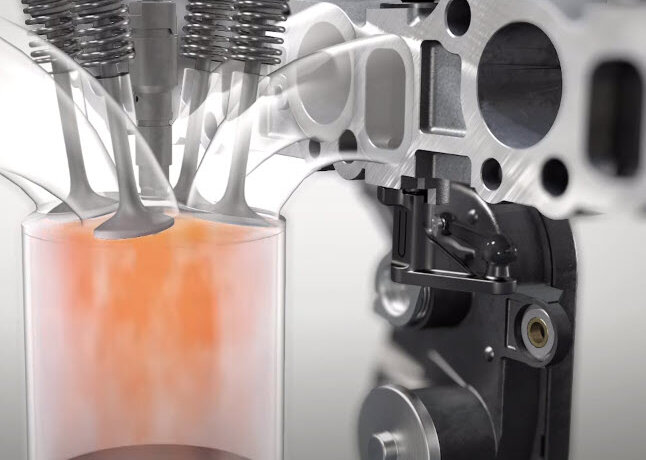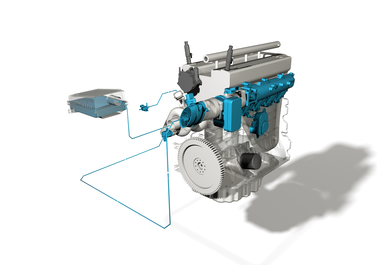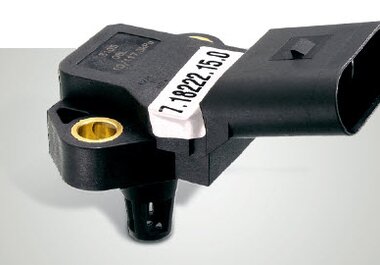
How intake manifolds are designed and work
Information on use
How does an intake manifold work? What are swirl flaps? How do swirl flaps affect the engine’s performance? What do we mean when we talk about volumetric efficiency? What attachments are available? This video gives you the answers.
Intake manifolds distribute the air-fuel mixture amongst the individual cylinders. They are an important component for increasing performance and efficiency whilst simultaneously reducing pollutant emissions and consumption. Both the length of the intake manifold channels, as well as components such as swirl or tumble flaps, affect the volumetric efficiency and, thus, the overall efficiency of a combustion engine. Motorservice’s product portfolio includes intake manifolds for petrol and diesel vehicles, with fixed or variable intake manifold channel lengths, with swirl flaps/tumble flaps for optimised mixture formation and emission control, EGR emulsion tubes made from lightweight magnesium, and attachments such as intake manifold pressure sensors, servo motors and electric valves.
How the swirl flaps on the intake manifold work
Image 1:
The swirl flaps are closed at low engine speeds. This causes stronger swirling and thus greater mixing in the cylinder, resulting in more efficient combustion with lower pollutant emissions.
Image 2:
By contrast, the swirl flaps are open at high engine speeds to achieve a higher volumetric efficiency in the cylinder and thus higher performance.

